Known for his humor and charm, Ian Cameron’s passing leaves a lasting impact on car design and those who knew him personally. Christopher Butt pays tribute to a truly great designer
Years ago, during a casual conversation, an industry insider called Ian Cameron ”car design’s best kept secret”. He wasn’t wrong.
Unlike many a big name in automotive design, which can grow smaller in stature the more one learns of their actual achievements and demeanour, my appreciation of Ian as a human being and car design professional grew bigger the more I learned from and about him.
The first unofficial lesson taught was about cars being designed by teams, and that those teams’ work can only ever be as good as management allows it to be.
This is not to say that he in any way deflected responsibility and initiative. I have it on good authority that Ian himself was extremely unlikely to cave whenever he thought one design solution was better than another.
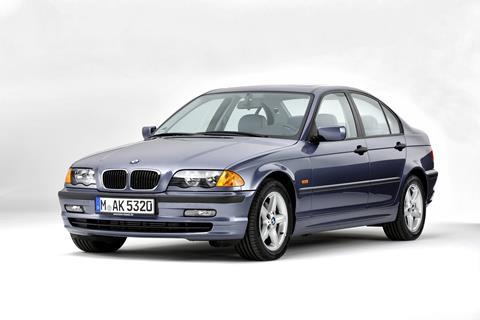
Yet even regarding Rolls-Royce, where his own input had so obviously been crucial, he’d only ever single out Karl-Heinz Kalbfell, the executive in charge while the 2003 Phantom was being designed. Kalbfell, Ian explained, had travelled through the UK the summer before starting work as Rolls-Royce CEO, in a Silver Seraph, visiting customers, dealerships and owners clubs, in order to get a grasp of what the marque was all about. That dedication would permeate the entire project, for which Ian gave Kalbfell full credit.
Obviously, all the many things Ian did right during his 13 years at Rolls-Royce had at some point been agreed upon by senior management – even the Wraith coupé’s controversial fastback roofline. Those decisions hadn’t come out of the blue, but were, to a significant extent, the result of Ian’s own leadership qualities, as well as his creativity, intelligence, stubbornness and charm.
Ian described his appointment to BMW-owned Rolls-Royce’s design top post as almost an accident. Of course it wasn’t. Before Chris Bangle chose him to oversee the reinvention of one of car history’s greatest names – and that was all there was to it at that point: a name, plus mascot and badge – Ian had already earned his spurs in senior positions during a variety of BMW Group projects.

The BMW E46 3 series’ exterior, Range Rover L30/L322 and BMW Z8 all feature the Cameron touch: an inconspicuous coherence that I like to view as Ian’s trademark. Other designers may have foisted a certain wheel arch shape, surface treatment or set of proportions upon ‘their’ designs.
Ian, by contrast, orchestrated the design process in such a way that the results regularly featured an overall superior quality – an outstanding ‘rightness’ that was always in keeping with the brand, rather than creative personnel’s stylistic preferences.
Ian’s understanding and respect went so far that he showed sketches of the ’03 Phantom to John Polwhele Blatchley, Rolls-Royce’s formative post-war designer, for approval
That design quality was superior in both literal and figurative senses. As ever, teams had been involved, talented teams, but they were all made stronger through Ian’s leadership and complete understanding of any automobile’s tangible and intangible properties.
These also showed in both the Range Rover’s and Z8’s genuinely luxurious flair (in spite of some canny use of off-the-shelf components where nobody would ever spot them), paving the way for Ian’s involvement in overseeing the reinvention of the world’s greatest luxury car.
As much as his post at Rolls-Royce evidently became second nature to Ian, he’d first immersed himself in the history of the marque in order to get the profound understanding of its products and heritage necessary to eventually come up with that trademark inconspicuous coherence.
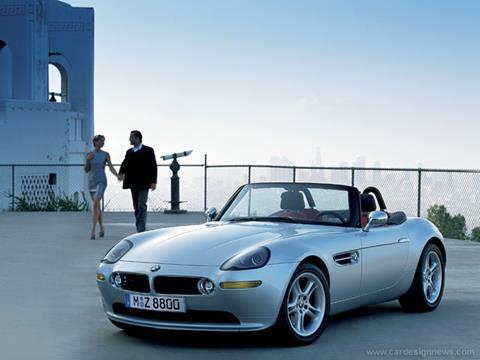
His understanding and respect went so far that he showed sketches of the ’03 Phantom to John Polwhele Blatchley, Rolls-Royce’s formative post-war designer, for approval. Many, if not most chief designers, would have done so with a camera crew in tow. Ian did it because he felt a moral and creative obligation.
For all his profound disdain for his line of work’s more pretentious aspects (mostly concerning the marketing side), Ian always was fully aware of the automobile’s socio-cultural aspects.
In retrospect, Cameron not being selected was Jaguar’s loss, much more so than his own, given his (at that time still latent) talent at modernising a storied British marque
Hence his conclusion that The Best Car In The World’s provenance couldn’t be quite limited to Knorrstraße 147 in Munich (home of BMW Group’s R&D centre). Accordingly, he and his small team of designers set up The Bank, a makeshift studio located near London’s Hyde Park, for the Phantom’s initial design phase.
Being surrounded by the past, present and future habitat of many a Rolls-Royce motor car evidently helped. Cameron created a car design as far removed from the BMW 9 Series (the German marque had been investigating a 9 Series prior to the deal with Rolls-Royce, much to the consternation of fans and the press) as anyone could ever have wished for.
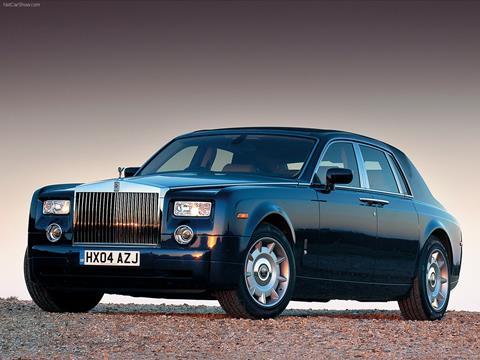
It is also quite telling that before joining BMW in 1992, Ian had spent more than a decade designing commercial vehicles at Magirus Deutz (later taken over by Iveco) in Ulm, Germany. We didn’t delve into the subject, but he never even faintly suggested that it was any less complex and worthwhile than working on Rolls-Royces and Ferraris.
His enthusiasm for the Ford Cargo – a true game changer design to him, and his friend Patrick le Quément’s greatest professional achievement – matched his appreciation of the best of Italian sports cars, from a design perspective, in spite of Ian’s love of fast driving and cars.
It was during this period too that he found himself among the candidates in the running for the post of Jaguar chief designer. In retrospect, his not being selected was Jaguar’s loss, much more so than his own, given his (at that time still latent) talent at modernising a storied British marque.
While Ian Cameron, car design’s best-kept secret, leaves behind a body of work that will endure, Ian Cameron, the human being, leaves behind a void that can never be filled
A very brief stint, right after his graduation, at Ogle Design notwithstanding, Ian had spent his creatively-formative years in Italy with Pininfarina, before his eventual move to Germany in 1981. In keeping with his understanding of genius loci, he repeatedly referred to circumstances at Pininfarina, his colleagues and the flair of Turin itself as reasons for this having been the most creatively inspiring period of his entire career in automotive design.
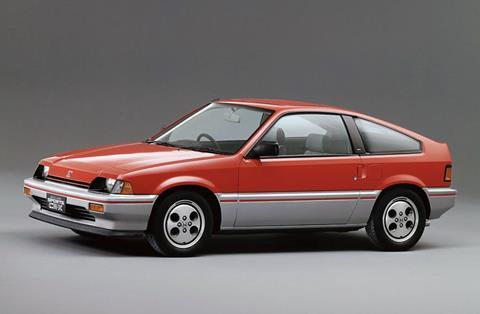
Working among names such as Fioravanti, Brovarone, Nicosia, Ottina and others, Ian developed an enormous respect for Italian know-how and that country’s design culture. His own work from that period was exceptionally varied, ranging from the first-generation Honda CR-X’ exterior, the Ferrari Testarossa’s interior to various kinds of production designs. Among his noteworthy proposals not chosen for production were an outstanding Hi-Fi system for Akai and an intriguingly technical Ferrari 348 design.
For all his professional accomplishments and rigorous work ethic, Ian will be just as well remembered by those who knew him for his extraordinary, mischievous sense of humour and charm.
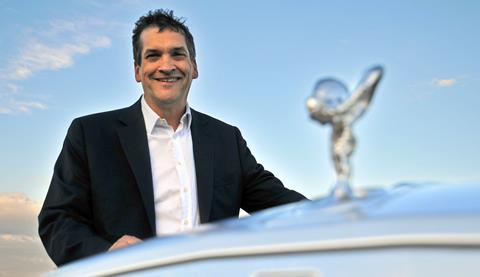
As much as he avoided the public limelight, Ian would excel at entertaining the dinner table with wry jokes. Only the varied nature of those anecdotes told would remind one of his experience of life, as otherwise Ian managed to maintain the aura of a most endearing, young-at-heart rascal on those delightful occasions.
While Ian Cameron, car design’s best-kept secret, leaves behind a body of work that will endure, Ian Cameron, the human being, leaves behind a void that can never be filled. Not by his work, not by those most pleasant memories.
Aye!










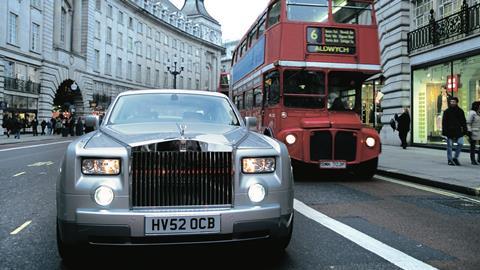



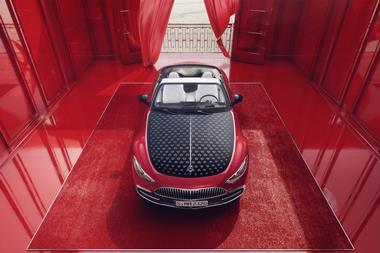

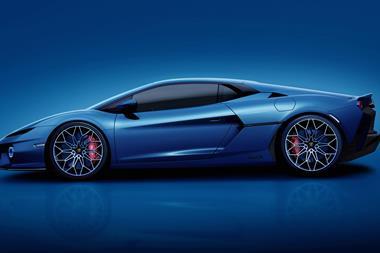



No comments yet